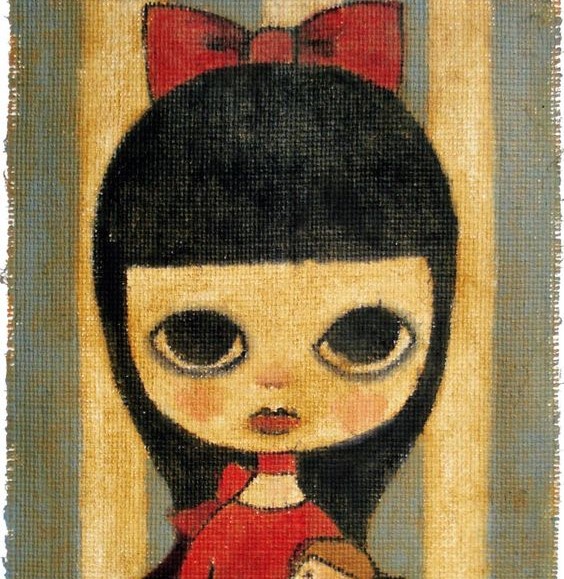Developing a sense of ethnic identity
Cards (7)
- What is ethnicity?Social category → Generally used to denote the social, cognitive and cultural associations of someone’s race (Leman et al., 2019).
- According to Leman et al. (2019), “race…is typically used to pick out biological characteristics” (p. 411)
- But not everyone agrees on this → race is a social construct that captures the social classification of people. It’s a rough proxy for socio-economic status, culture and genes (Jones, 2000).
- Ethnicity and prejudiceNesdales Social Identity Development Theory4 stages of ethnic attitudes:
- Undifferentiated
- Ethnic awareness (4 - 5 years old)
- Ethnic preference (5 - 7 years old)
- Ethnic prejudice
Not all children reach final phase! - Ingroup favouritismDevelopmental intergroup theory
- Groups form rapidly
- Group formation is based on differences:
- Skin colour
- Gender
- Native language
- Accent
- Shirt colour
- Minimal Group Affiliation
- Development of racial bias
- Parent socialisation of ethnic identity (Huguley et al., 2019)In a meta-analysis of samples in the US of parents and their children from school to college, parental ethnic-racial socialization was associated with children’s ethnic-racial identity
- Particularly practices that either deliberately or implicitly promote ethnic pride through teaching children about their cultural customs, history and heritage
- Effect is strongest during adolescence
- Ethnic identity outside of the US, Canada and Europe
- Because ethnicity and race are social constructs, what they are vary depending on where you are.
- So whilst the theory underlying the development of ethnic identity might be the same across the world, what the groups are will differ.
- Not a lot of quantitative research outside US, Canada and Europe
- Though some quantitative research in China
- Some qualitative research in countries in countries in Africa in South Asia exploring ethnic identity in the context of national identity
